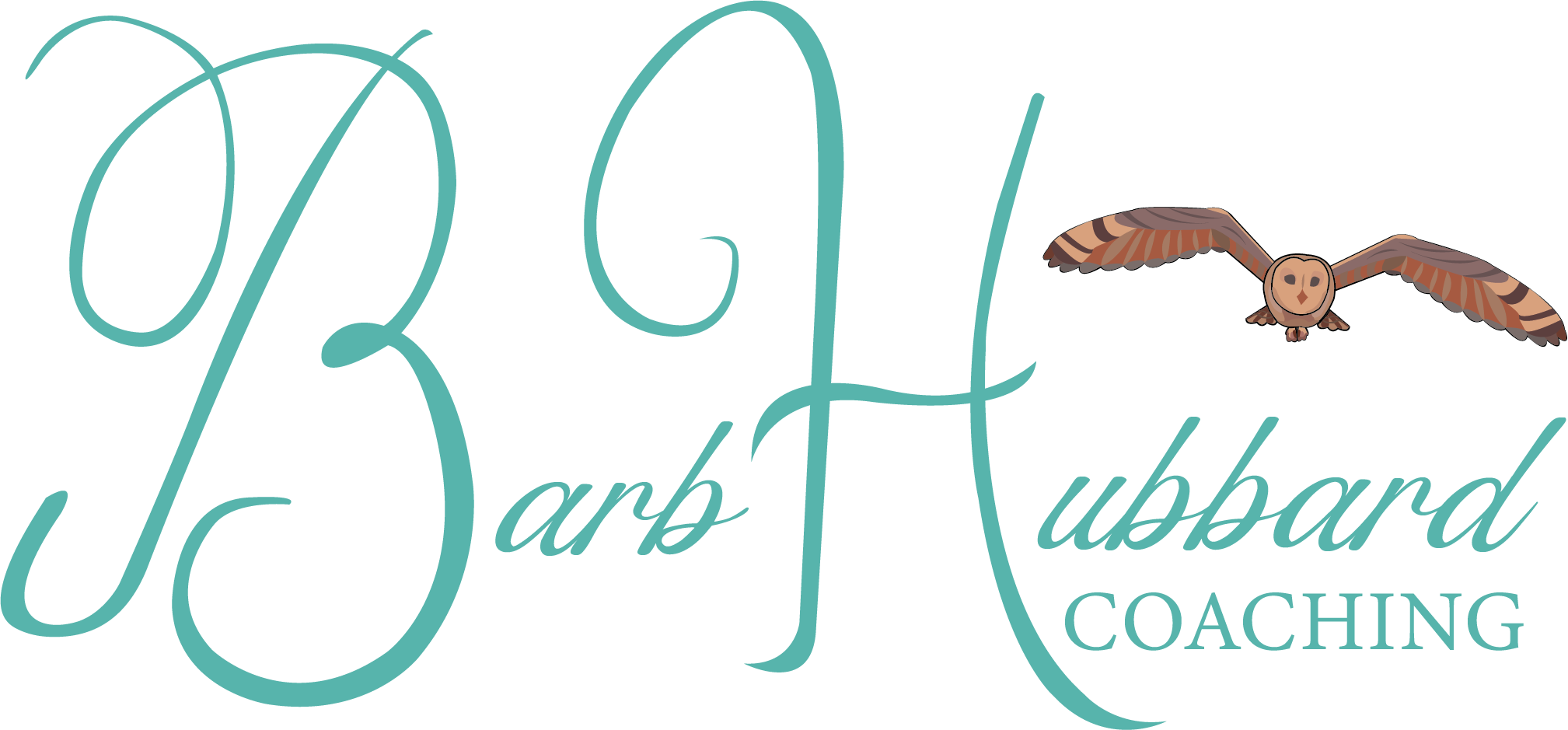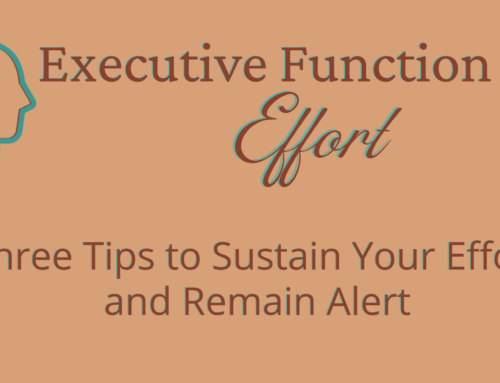Hyperactivity is a common characteristic of ADHD.
Often, people think of little boys who have endless energy, are running around the room, bumping into things and getting into trouble. What do you think happens to those little boys when they grow up?!
Hyperactivity can look a little different in teens and adults. (And yes, girls can be hyperactive too!) By the teen years, kids have a better understanding of when they can and can’t run around, but they still NEED to move and they might have limited control. By the time these kids grow up and have a job, they have learned some coping mechanisms to stay still and focused when necessary, but they too, need ways to let out that excess energy!
Some suggestions…
- Fidgets – A fidget is a small, handheld item that a person can discretely play with during a lecture, a meeting or even a dinner date. Some people fiddle with their rings, bracelets, pens or paper clips because they are readily available. Other options include squishy balls and fidget spinners. I have found that taping one half of a piece of velcro to the underside of a table or onto a folder can be very soothing for some kids. The trick is to find something that allows the person to have improved focus. As soon as they start to play with the fidget, it’s a toy not a fidget, and it’s time to try something else!
- Physical Exercise – Wear that kid out! In all seriousness though, a few minutes of exercise several times throughout the day can make a huge difference! Try doing sit ups, jumping jacks or running in place for one minute between assignments, have a student carry several heavy books to another classroom or jump on a trampoline while practicing spelling words or math facts. For older kids or adults, going to the gym each day or participating in a sport (with daily practices) may be necessary, even if it takes up a lot of time. The time you save while focused on a project or homework is well worth the hour of practice!
- Alternate Seating Options – A quick fix for the squirmy child is to offer them a different place to sit. Some kids like exercise balls, others like rolling/spinning chairs and seat cushions (exercise discs) are also an option. I’ve also used rubber bands or stretchy cords around the legs of the chairs for kids to bounce their feet. These options allow for some movement while seated and can make a huge difference in their focus!
- Doodling – Often, allowing a child to draw will actually increase their attention to the lecture or conversation. I know it seems counterintuitive, because they don’t seem to be “listening” but the small amount of movement allows them to focus. Set parameters – specific places to draw, specific times, and even specific writing utensils! And be very clear that if the doodling becomes a distraction (to whoever is sitting nearby as well!) it will no longer be an option.
- Meditation Breaks – There is a growing amount of research to show that meditation improves focus. Meditation can be implemented in a variety of ways and at various times of the day. Closing your eyes and breathing deeply for just one minute can count as meditation. If you are ready for longer, there are many apps that offer guided meditations. Tapping (EFT) and mindful breathing exercises can be great strategies to teach kids as well.
Strategies to reduce hyperactivity need to be as unique as the child (or adult) themselves. One size does not fit all! The best bet is to communicate with the person and see what they think might help them. And when one idea doesn’t work, or stops working, try something else!


